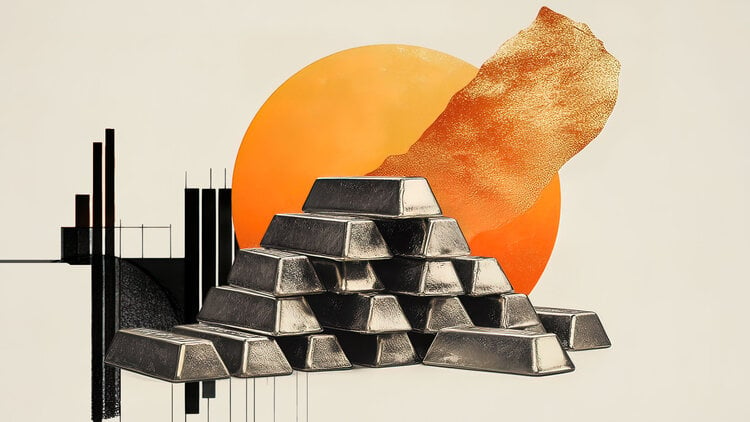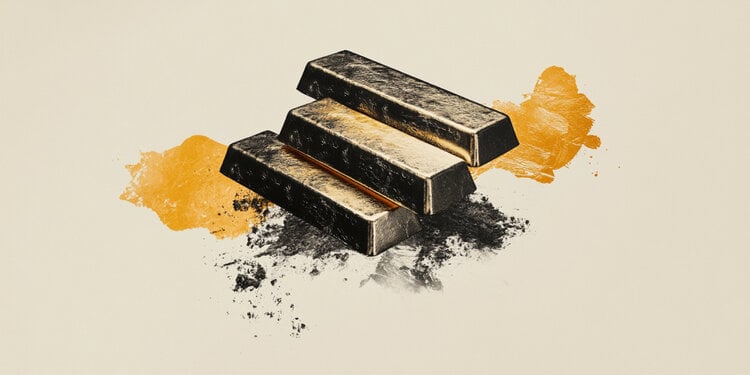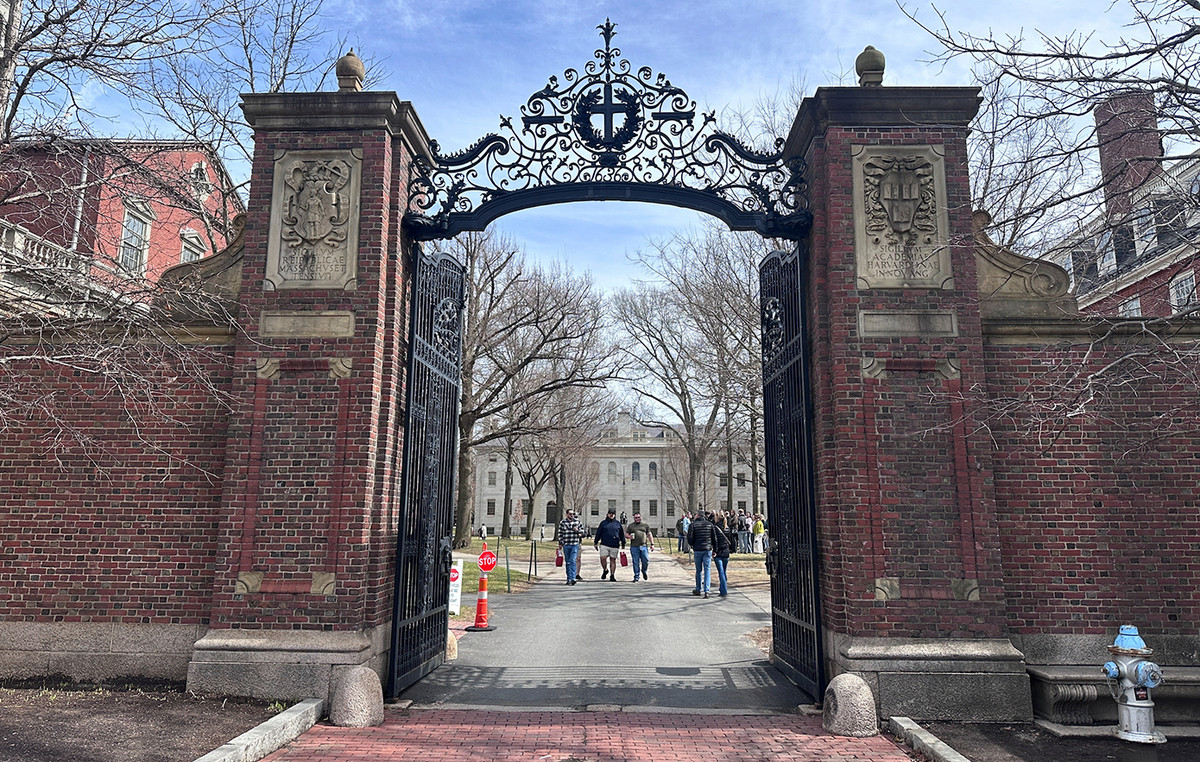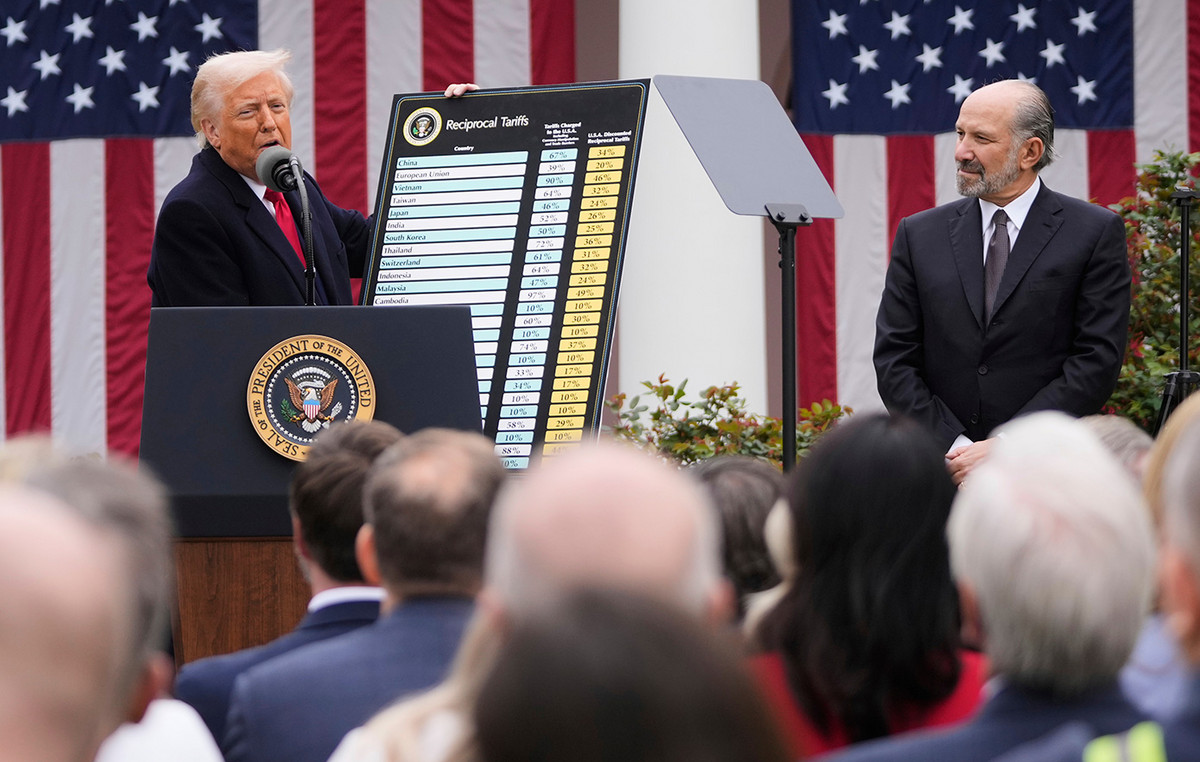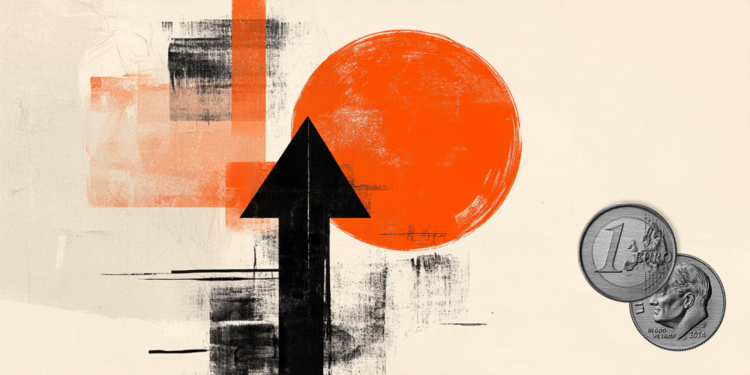The bar is just nine meters wide, but accounts for almost 90% of the 1,500 patrons on any given weekend. The remaining 10% prefer the amenities — starting with air conditioning — of the restaurant in the same development, on the first floor. The vast majority willingly sit on the wall in front, which opens up a stunning view of Guanabara Bay. We talk, of course, about bar Urca which turned 85 years old in 2024 and is already part of the Historical, Cultural and Tourist Heritage of the state of Rio de Janeiro.
It is an establishment, as you can imagine, highly dependent on good weather. As everyone knows, the almost 300 meters of the famous wall that serves as an extension of the address are open to the sky. “When it rains, the movement plummets”, summarizes one of the partners, Rodrigo Gomes, grandson of the founder, Armando Gomes (1916-2012). When the sun comes out, on the other hand, it’s just joy for the establishment, famous for its shrimp pie and cod cake, among other snacks of this type, and for the constant crowd in front of the counter.
For the revenue of the Urca bar, obviously, summer is the best time of the year . “Over the last five years, our revenues have increased by 20% over the period”, says Rodrigo, who believes that this year’s season could translate into an even higher percentage. “The expectation is for a similar movement, in short, to that before the pandemic. This is because Brazil’s image for foreign tourists has improved in recent years.” It should be noted that 50% of Urca bar patrons live in other cities.
With an eye on the extra profit brought by the summer, the establishment plans to increase its stock by 20%. It is worth remembering that the high season in Rio de Janeiro runs from the beginning of December until Carnival — which will take place, in 2025, at the beginning of March. To handle the greater flow of customers at this time of year, the address does not usually hire more people. “We feel, day by day, whether our team is coping with the greater demand”, explains the founder’s grandson. “If necessary, we change the work schedule.” The establishment employs 20 people in the bar, who work two shifts, and 18 in the restaurant, who work the same schedule.

For Café 18 do Forte, which serves one of the most popular breakfasts in Rio de Janeiro, summer is even more strategic. The most anticipated season of the year usually increases the enterprise’s revenue by 25% to 35%. You could also: Copacabana Fort, where the establishment is located, is considered the third most visited address in the city. “In the case of this venture, the movement is good all year round”, boasts one of the partners, Edu Araújo. “There is never a drop in the number of visitors.”
The group he heads has eight businesses in total, one more different than the other. The other establishments are Quartinho, Chanchada, Pope, Dainer, Suru Bar, Glorioso Sushi and Fatchia. Not everyone benefits from summer in the same way. “Those who favor more contact with the external climate are those who do best in high season”, explains Araújo. Dainer, not by chance, tends to be more successful on rainy or cloudy days. “If it’s a beautiful sunny day, customers prefer to go to more open locations or to the beach”, says the restaurateur. Dainer focuses on brunch and quick lunches.

In the case of the Araújo group, the summer strategy varies from address to address. With 50 employees, Café 18 do Forte, for example, usually hires four to eight extras between December and Carnival. “Rio de Janeiro is in fashion, the increase in flights at Galeão airport doesn’t allow for lies”, adds the restaurateur. “This translates into new business opportunities for those who know how to prepare.”
For Fernando Blower, president of SindRio, the Union of Bars and Restaurants of Rio de Janeiro, the rise in the dollar and euro should strengthen tourism in the city this summer. “The city is one of the main destinations in Brazil and traveling outside the country is even more expensive”, he argues. He adds that events such as the recent G20 and this year’s awards for the 50 Best Restaurants in Latin America also benefit local tourism. “They feed a positive image of the city and have repercussions throughout the world”, he highlights.
For bars and restaurants interested in increasing revenue during the high season, Blower recommends planning . “It is important to reinforce employee training, taking into account that a large part of the clientele at this time never set foot in your establishment”, suggests the president of SindRio. “Many of the customers will be looking for tips on what to do in Rio de Janeiro. Addresses that know how to make use of this will be able to stand out.”
Having employees fluent in English, adds Blower, is ideal. “If it’s not possible, offering a menu in that language is the minimum,” he argues. Attention: it refers to well-written English. No translating contrafilé as “against fillet”, as some addresses in the city do, feeding a folklore that doesn’t help at all. In time: SindRio promotes English courses for serving in bars and restaurants. The next class starts on January 7th.
Chilean wine is voted the best in the world in 2024 by Wine Spectator
The post The hotter the better: the impact of summer on bars and restaurants appeared first on CNN Brasil V&G.
Source: CNN Brasil
Johanna Foster is an expert opinion writer with over 7 years of experience. She has a reputation for delivering insightful and thought-provoking articles on a variety of subjects. Her work can be found on some of the top online news websites, and she is currently lending her voice to the world stock market.


